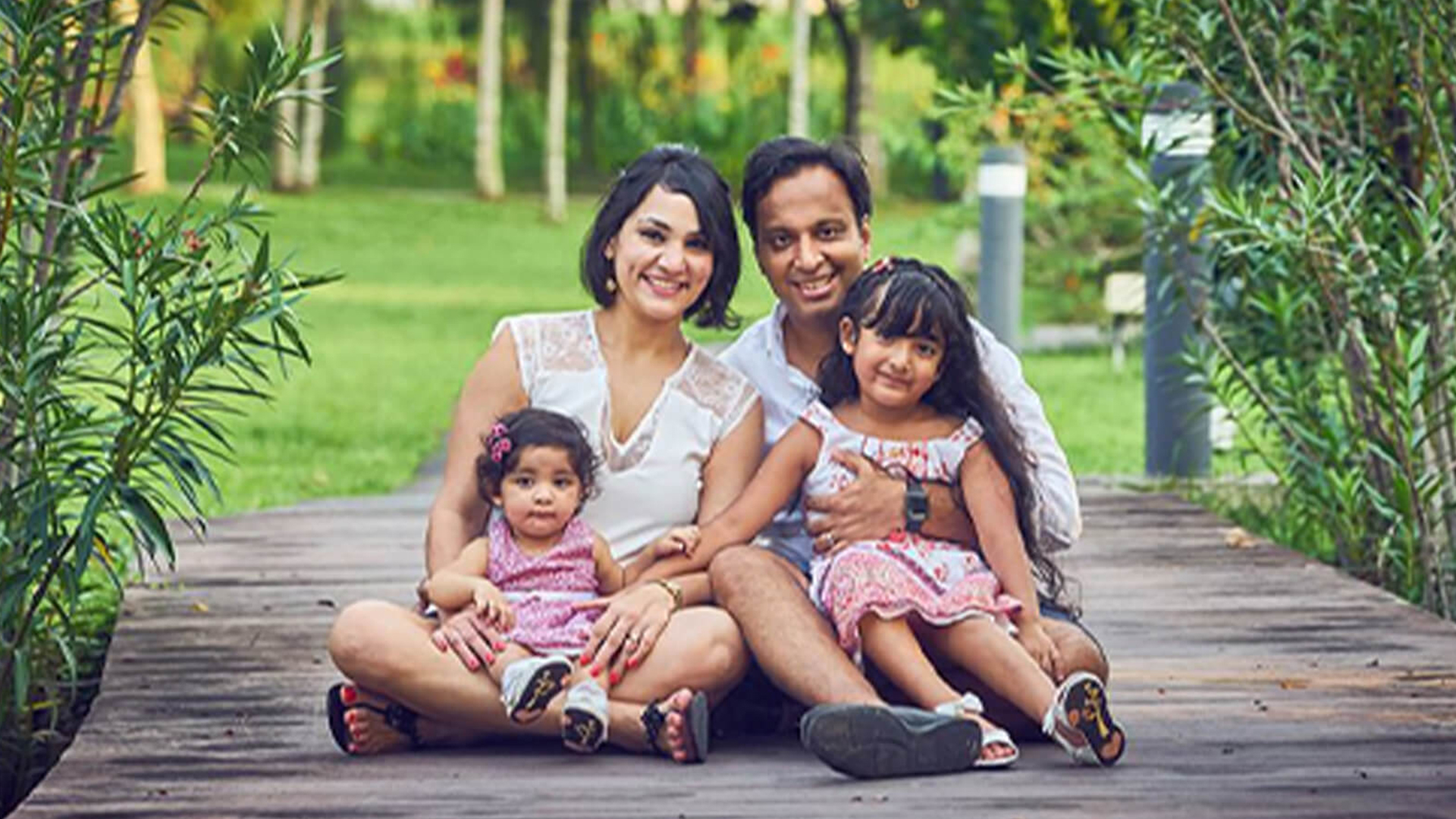My Favourite Photo Spots at Gardens by the Bay
Gardens by the Bay is a wonderful place for shutterbugs. Regardless of your skill level and the type of camera you own, there is something for everyone there to capture on the camera. Landscape, macro, nature, selfies and so on...
I am a serious hobbyist photographer and I love visiting the Gardens to take photographs of birds, the landscape and flowers inside the 2 cooled conservatories. In this article, I am going to share with you some of my favourite photo spots and some simple tips on how to achieve the photos that I wanted.
Birds
The various water features at the Gardens attract birds. You can often see photographers with bazooka-like lenses stalking their favourite birds near the Satay by the Bay and Kingfisher Lake area. Many of the birds are shy and the longer the lens, the better it is for you and the bird. However, if you do not own one of these bazooka lens, you have to learn to be very patient and observe the birds well. You will notice that some local residents, such as the sunbirds, are quite willing to feed at flowers close to you provided you remain silent and motionless. Some of the sunbirds’ favourite plants are the Red Button Ginger (Costus woodsonii) and Hibiscus plants.
Please remember that the welfare of the subject is more important than the photograph. If the subject appears stressed or a nesting bird is not returning to the nest because of your presence, please walk away and leave them alone.
Landscape
Some of my favourite spots for photographing the Gardens are not within the Bay South Gardens but from a distance, such as the top of Sheares Bridge, Bay East and Marina Barrage. Try at different times of the day. If you are doing early evening or night shots, it is good to have your camera on a tripod. Chances are your hands will not be steady enough and you will get blurred images unless that is what you want to achieve for artistic effects.
Inside the Flower Dome
It can be challenging at times for me to try to get some decent shots of flowers inside the Flower Dome, especially at the Flower Field, because of the large crowds of visitors during the day. I do not have steady hands and usually prefer to have my camera equipment on a tripod while I take my time to photograph my subjects. This is turning out to be quite difficult now because I will be in someone’s way or someone may accidentally kick my tripod’s legs.
The best time is early in the morning when the dome opens at 9am, or you can take advantage of some of the early opening hours exclusive for Friends of the Gardens. Find a subject that you like and decide how you want to photograph it. Do you want to do a closeup and show details not seen by the naked eye, or do you want to photograph the entire flower and try to isolate it from the background and not show the many visitors walking around?
I used to think that flowers were best taken with a macro lens, but I have realised that using a long telephoto lens with an extension tube to shorten the focusing distance will also produce very pleasing results. I frequently use this combination now to photograph flowers at the Flower Field because it allows me to take them from a distance and the long lens helps to isolate the subject from a noisy background.
For those who do not own a long telephoto lens, fret not. Your compact camera or handphone does just as well and all you have to do is to get close enough to your subject. Remember to ask yourself what is the subject of interest in the photo. Our eyes tend to zoom into the subject naturally when we look at it but our cameras do not see it that way. The end result is usually a photo where the main subject does not stand out and is lost among many other things.
These are just examples of photos taken at some of my favourite places at Gardens by the Bay, which may not be the same as yours. What is most important is to look for something that attracts you. Spend some time observing it, learn more about it and look at it at different times of the day to observe the lighting. Try photographing the subject from different angles, using different lenses and lighting, and keep on trying some more. Recent smartphones and cameras are very smart but nothing beats having the eye behind the camera.



